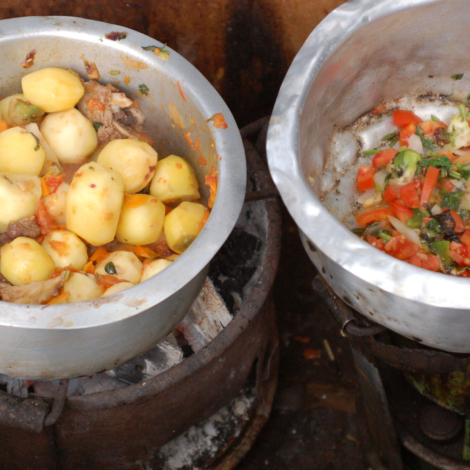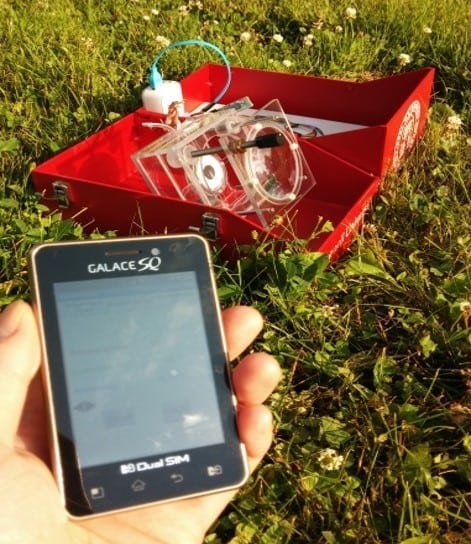China, India, Indonesia and other countries have taken strides towards embracing clean cooking technologies, but sub-Saharan Africa lags. Population growth in the region is outdoing the gains from policies and frameworks designed to accelerate clean cooking. As a result, SSA pays a price. Open fires and fossil fuels create avoidable humanitarian, gender, economic, environmental and health problems.
Globally, 2.4 billion people still lack access to clean cooking technologies. It is projected that they will continue using polluting fuels in 2030, with about 900 million residing in Sub-Saharan Africa, according to the World Health Organization. That is the year the Sustainable Development Goals are targeting for completion. If clean cooking is not adopted in SSA, at least five SDGs will fall short. Clean cooking contributes heavily to the achievement of SDG7, Affordable and Clean Energy, and also to four others: SDG3, Good Health and Wellbeing; SDG5, Gender Equality; SDG13, Climate Action and SDG 15, Life on Land.
Clean cooking initiatives have been championed in SSA at a high rate. Despite the emergence of different solutions through startups, companies, non-profits, governments and partnerships, clean cooking has seen a slow transition in the region. Why? These are seven barriers to the adoption of clean cooking in SSA.
Gender gap
Many communities in SSA consider cooking as a female chore. Statistics from the Modern Cooking Facility for Africa show that women and girls spend an average of two hours daily, and in some communities up to five hours daily, collecting firewood. This prevents them from engaging in economic activities, attending school regularly and exposes them to the risk of physical violence.
Women-led households are quicker to adopt clean-cooking systems compared to male-led households. The notion that cooking is a gender responsibility has to be broken, and more men brought on board to champion this agenda through their influence in innovation and sales. This will ensure women are treated as co-creators and not victims when this activity becomes gender inclusive.
Segregation in the value chain
In many cases the innovator of clean-cooking technology is also the producer, trainer and agent of sales and distribution. There is no policy framework to guide value chains in clean cooking products in SSA. This results in oversights and poor distribution of the benefits of these technologies.
Poorly selected stove designs
Some stoves are not user friendly, or not a good fit with the culture and cooking practices of the communities where they are introduced. It is difficult to convince users to change their cooking behaviors when the improved cookstoves are complicated and inconvenient to .
Lack of awareness
Institutions such as schools and hospitals, and even households hosting large gatherings still use firewood and charcoal to prepare meals. Innovators and producers of improved cookstoves have not marketed their products widely enough, especially to institutions in rural areas. There is a need to create better promotional strategies by the disseminators of improved cookstoves. There is a large market, after all.
Poor accessibility
The lifespan of improved cookstoves is 10 – 27 months. After-sales services, spare parts and repairs are not guaranteed by many cookstove innovators and manufacturers in SSA. As a result, many people find it difficult to embrace the use of these stoves. Simliarly, fuel distributors (pellets, briquettes, bioethanol) are often the producers. Customers can find it difficult to access fuel due to long distances and long travel times to reach sales points, or to wait for deliveries, especially in rural areas. Instead of waiting or traveling, people opt for firewood, which they get for free.
Electric burners are an unclear path championed by SSA governments
Many countries in SSA are embracing electric cooking. However, electricity is expensive in the region, and adding cooking to the daily electric bill in a household can be too costly. Many households in urban areas are using LPG (liquified petroleum gas, or propane) as opposed to electricity for cooking for this reason.
Another problem with electric cooking appliances is there are no guarantees for spare parts, their lifespan is unclear, and potential customers have safety concerns. Governments are pushing for adoption, but there are several big unanswered questions blocking the way.
Market Barriers
Despite the socio-economic advantages that come with clean-cooking fuels, many households in SSA still use biomass for cooking. The main issue is the cost of clean cooking fuels, which tend to be more expensive than firewood or charcoal. Compatible stoves are also pricey. This discourages their use. Clean-cooking-fuel initiatives at the national level would address these issues and contribute to creating awareness.
About the author
Elizabeth Obiero was an E4C Fellow in 2023. She is based in Kenya and worked on a Clean Cooking Systems Impact Project with an E4C partner organization Arizona State University.
Featured photo: Erik (HASH) Hersman CC BY 2.0 DEED

